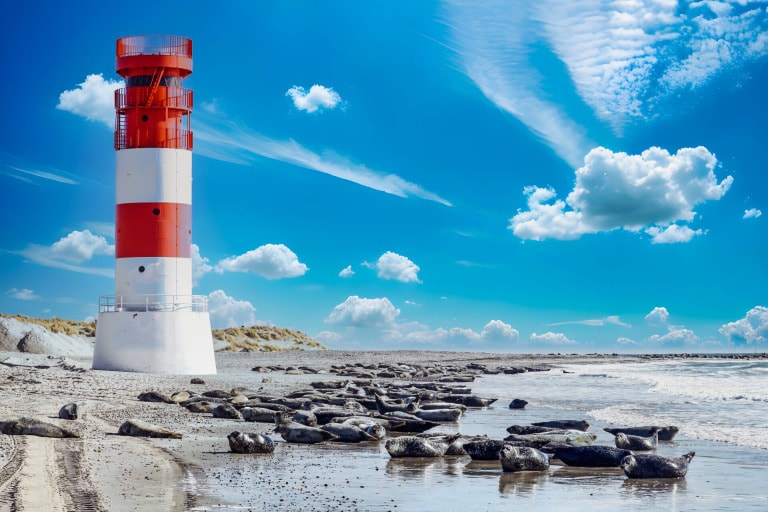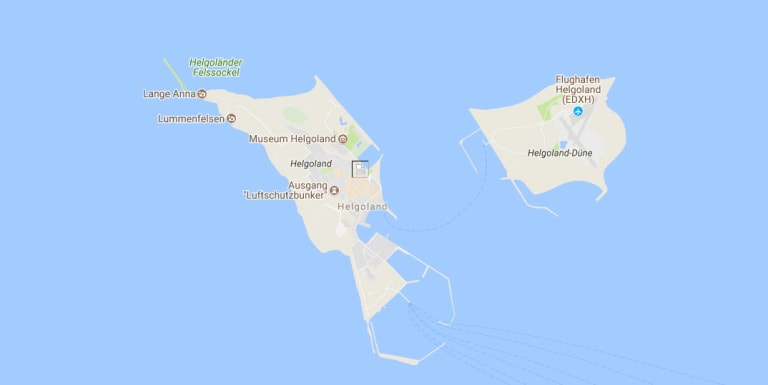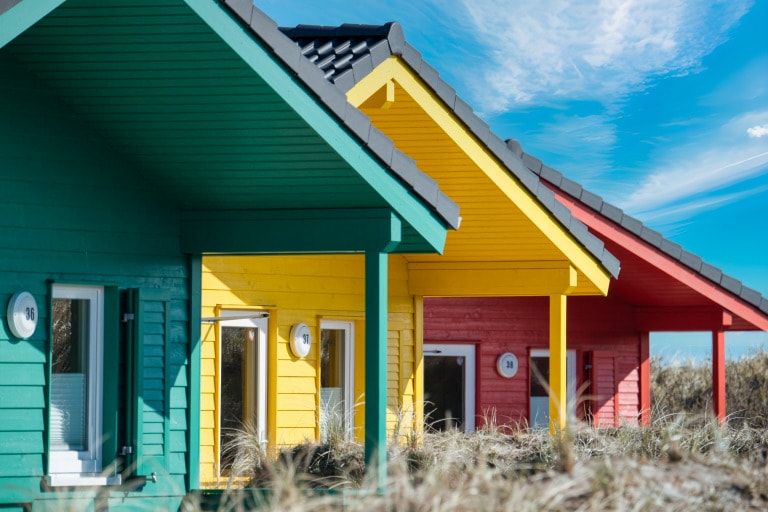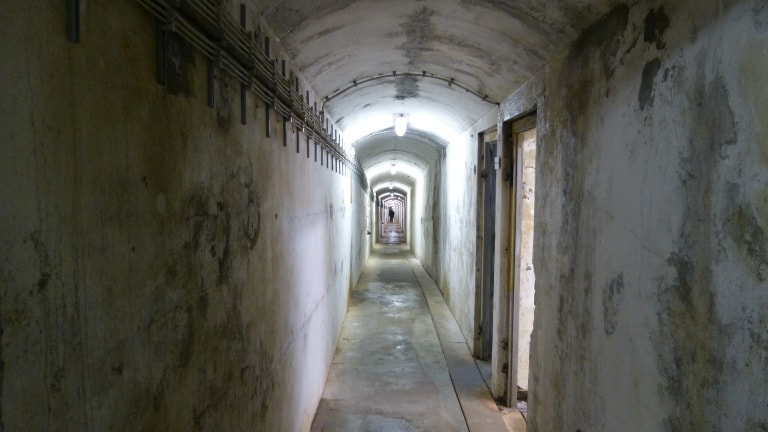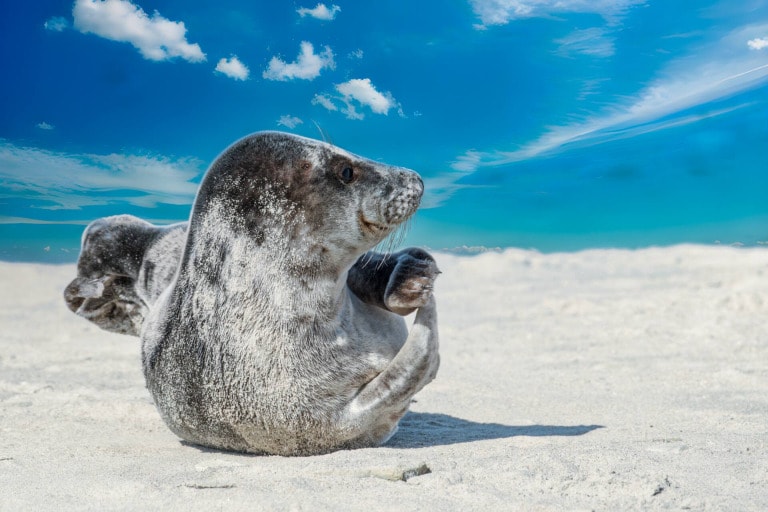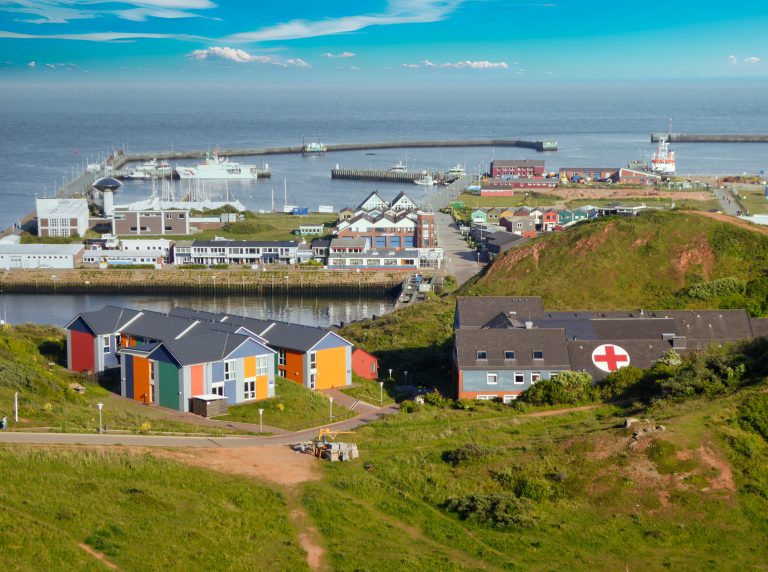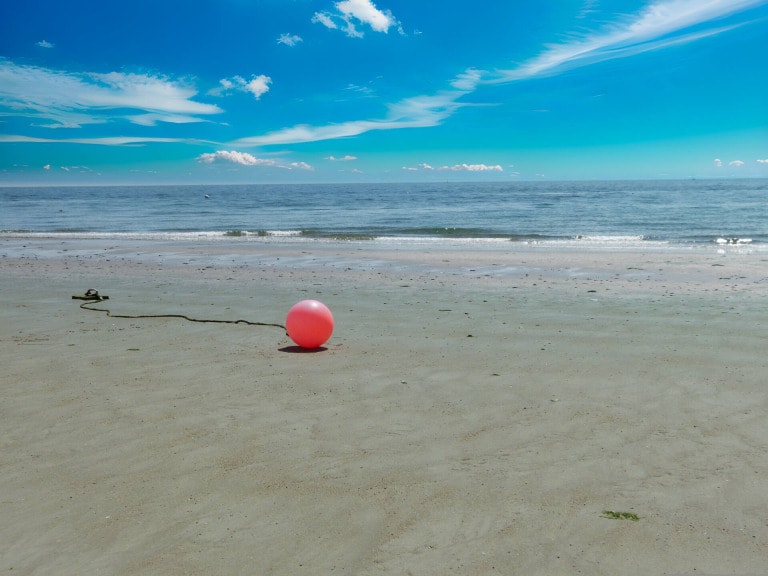Their wings are not yet fully formed, so they rely on their dense feathers, fat reserves and air sacs in their bodies when they crash. Nevertheless, they spread their small wings and try to sail through the air. Most survive the fall unharmed and swim out to sea with their parents.
Lummen rock as a springboard
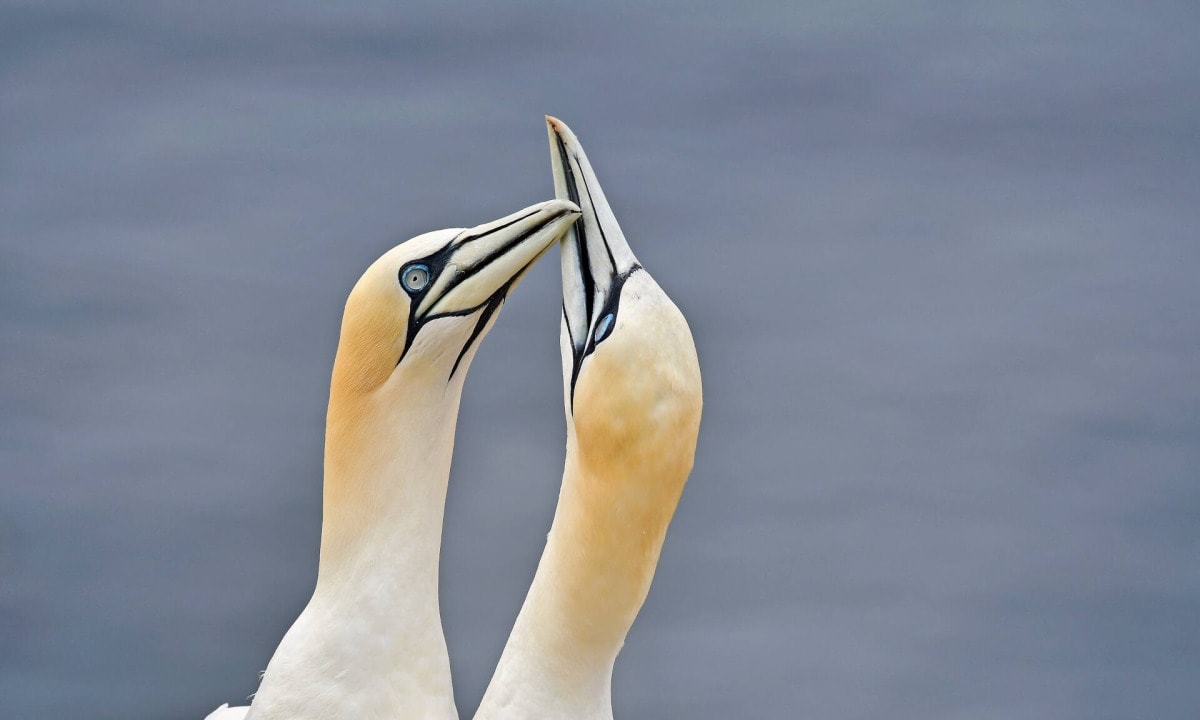
Two guillemots on Heligoland
The cliffs of Heligoland breeding birds are guillemots, a bird species of the genus guillemot. Heligoland is the only breeding ground for guillemots in Germany. About 3,000 pairs breed between March and June. The rock they use was named after them: Guillemot Rock. It is Germany's smallest nature reserve.
A peculiarity of guillemots: They do not build nests, but lay their eggs on bare rock. Each female lays only one egg. The eggs are pear-shaped, so they only turn in a circle when they are bumped - and cannot roll off the rock. Something else is striking about the eggs: they are amazingly varied in color.
The palette ranges from white with yellow streaks to blue with dark blue large dots to green with small brown dots. The parents regularly turn the egg over and croak a certain sound - so the young birds are taught a recognition sound even before hatching.
Why do guillemot chicks jump?
Adult guillemots have black and white plumage - much like penguins. And something else connects these two species: They are excellent swimmers! However, the guillemots are also rather poor flyers, which can only rise into the air with high energy expenditure.
The feeding grounds are up to 40 kilometers from the guillemot rock, so the adults must travel great distances to forage. Once the chicks reach the right age, the parents call them with the taught recognition sound and the young jump.
So they all swim together to the feeding grounds. The males now take care of the offspring and feed them for the next two months. Then the young guillemots begin their first flight exercises. The guillemots remain mainly at sea for the next few years - at the age of four at the earliest they are able to reproduce and return to Helgoland on the guillemot rock.
Lumment days in June
Anyone who would like to experience the guillemot leap in June under expert guidance can book a three-day experience package from the Helgoland spa administration. In addition to natural history tours, the package also includes lectures and museum visits. Together, of course, the jump from the Lummenfelsen is observed. An overnight stay on Helgoland is advisable, as the small guillemots usually only leave their rock at dusk.
Then the gulls have retreated, which also eat young guillemots. Since the young often dither before jumping, viewers must have enough patience and warm clothing. It is also often windy in the summer. For 200 years, guillemots have been the only bird species to breed continuously on Helgoland. But is a Vacation at the North Sea recommended for birdwatchers not only because of the guillemots: up to 260 bird species can be spotted on Helgoland.



